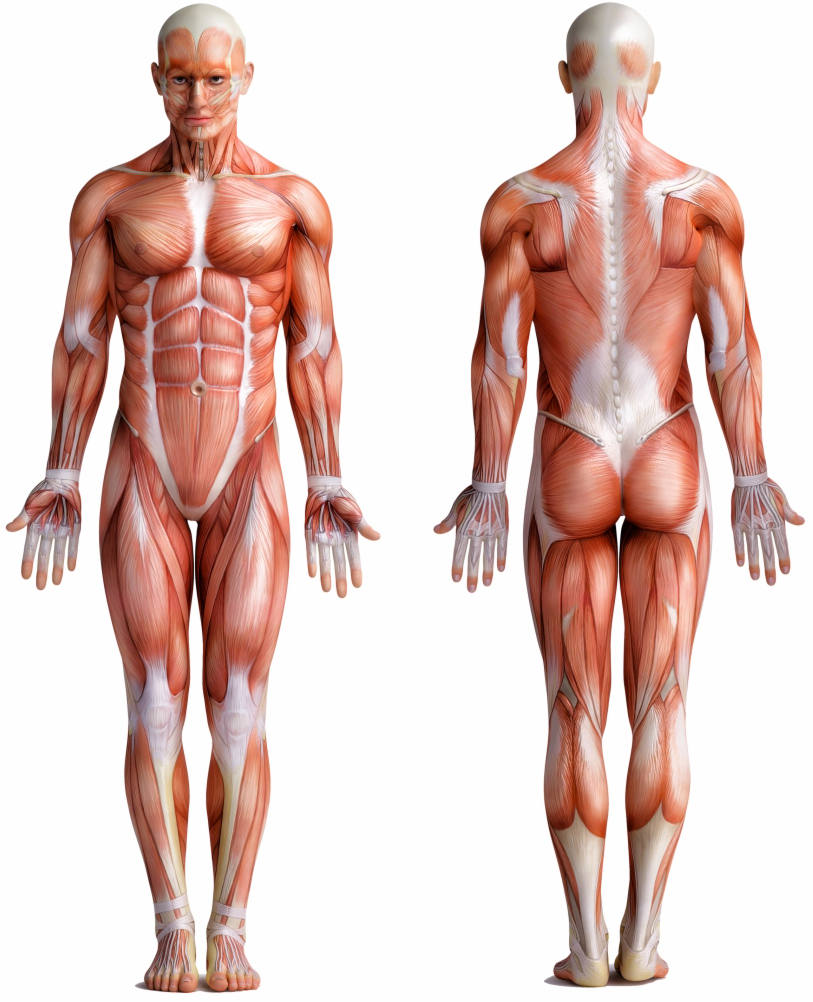-

-
About Us
- Our Vision
-
Personalized Care
Personalized Care Personalized Care Intro
Diagnostic Tests
- Digital X-Ray
- DynaROM
- 3D Body Scanning
- Gastrointentinal Health
- Organic Acids
- Comprehensive Stool Analysis
- Food Sensitivity
- Dietary Antigen Complete
- Endocrinology
- Thyroid Panel
- DUTCH Hormone Test
- Neurotransmitter Profile
- Adrenal Profile
- Nutritional Status
- Vitamin D
- Homocysteine
- Methylmalonic Acid
- Urine Iodine
- Organic Acids
- Copper Zinc Profile
- Essential Fatty Acid Profile
- RBC Metals & Minerals
- Toxic & Essential Elements
- RBC Elements
- Urine Toxic Metals
- Hair Metals & Minerals
- Urine Halides
Treatments
- Avacen Therapy
- Bioidentical Hormone Replacement Therapy (Anti-Aging)
- Chiropractic Care
- Electric Muscle & Nerve Stimulation
- Emsculpt Neo
- Emsella Treatment
- Erchonia Laser (Model EVRL)
- Exosomes
- Hair Restoration
- Headache & Migraine Treatment
- Hyaluronic Acid Injection
- Intersegmental Traction
- IV Nutrient Therapy
- Laser Lipo
- Massage Traction Chair
- PRP Facials
- PRP for Erectile Dysfunction
- PRP for Female Sexual Dysfunction
- PRP for Pain Relief
- PRP for Urinary Incontinence
- Semaglutide
- Shockwave Therapy for Cellulite & Skin Tightening
- Shockwave Therapy for Pain Relief
- Shockwave Therapy for Female Sexual Dysfunction
- Shockwave Therapy for Male Sexual Dysfunction
- Skin Rejuvenation
- Spinal Decompression
- TENS Unit
- Testosterone Replacement Therapy (TRT)
- Therapeutic Ultrasound
- Thyroid Care
- Trigger Point Therapy
- Durable Medical Equipment
- Ankle-foot Orthosis
- Cervical Rehab Coller
- Custom Foot Orthotics
- Lumbosacral Orthosis
- Osteoarthritis Knee Brace
- Wrist Brace
- FAQs
- Testimonials
- Pain Relief
- Weight Loss
-
Sexual Wellness
-
Anti-Aging
-
Resources
- Blog
- Video Library
- Store
-
Health Condition Library
Health Condition Library
- Ankle Osteoarthritis
- Bulging Spinal Disc
- Carpal Tunnel
- Cervical Degenerative Disc Disease
- Cervical Radiculopathy
- Elbow Bursitis
- Erectile Dysfunction
- Fatigue
- Female Hormone Imbalance
- Female Sexual Dysfunction
- Fibromyalgia
- Foot Arthritis
- Frozen Shoulder
- Golfer’s Elbow
- Hand Arthritis
- Headache
- Hip Bursitis
- Hip Osteoarthritis
- Hyperthyroidism
- Hypothyroidism
- Knee Bursitis
- Knee Osteoarthritis
- Low Testosterone
- Lumbar Degenerative Disc Disease
- Migraines
- Musculoskeletal Pain
- Obesity
- Osteoarthritis
- Plantar Fasciitis
- Plantar Fibroma
- Rotator Cuff Injury
- Sciatica Pain
- Shoulder Bursitis
- Shoulder Osteoarthritis
- Tennis Elbow
- Thoracic Degenerative Disc Disease
- Urinary Incontinence
- Weight Gain
- Wrist Arthritis
- Wrist Bursitis
- Contact
DynaROM Test in Medical Perspective: Unveiling Functional Insights
What is a DynaROM Test?
The DynaROM (Dynamic Range of Motion) test is a diagnostic tool used to assess the range and quality of motion in a patient’s spine. It involves the use of a computerized device that measures and records the patient’s range of motion during specific neck or back movements.
Why is a DynaROM Test Prescribed?
A DynaROM test may be prescribed by healthcare providers, particularly those in orthopedics, neurology, or chiropractic care, to evaluate a patient’s spinal function. Common reasons for prescribing a DynaROM test include:
- Assessment of Spinal Function: The test is valuable for evaluating the functional capacity of the spine, especially in cases where there may be concerns about reduced range of motion, stiffness, or pain.
- Documentation of Motion Patterns: It helps document and quantify a patient’s motion patterns during various spinal movements, providing objective data on the quality and extent of their range of motion.
- Objective Measurement of Pain Responses: The DynaROM test allows for the objective measurement of a patient’s pain responses during specific movements, aiding in the diagnosis and management of conditions such as musculoskeletal disorders or spinal injuries.
- Treatment Planning: The information obtained from the DynaROM test assists healthcare providers in developing targeted and individualized treatment plans. It helps identify specific areas of limitation or dysfunction that may require intervention.
How and Why Information from a DynaROM Test is Beneficial:
- Objective Assessment: The test provides objective data, reducing reliance on subjective reports and aiding healthcare providers in making more accurate assessments of spinal function.
- Treatment Tailoring: Information from the DynaROM test allows for the tailoring of treatment plans based on individual motion patterns and pain responses, enhancing the effectiveness of therapeutic interventions.
- Progress Monitoring: Over time, repeated DynaROM tests enable healthcare providers to monitor changes in a patient’s range of motion and pain responses, assessing the effectiveness of treatments and adjusting interventions as needed.
- Diagnostic Precision: The test contributes to a more precise diagnosis by identifying specific areas of impairment or dysfunction, guiding healthcare providers in determining the underlying causes of spinal issues.
- Patient Education: The visual representation of motion patterns and pain responses can be used to educate patients about their condition, fostering a better understanding of their spinal health and the importance of specific interventions.
- Research and Documentation: The quantitative data obtained from DynaROM tests can contribute to research efforts in understanding spinal biomechanics and can serve as valuable documentation in legal or insurance contexts related to injuries or disabilities.
Information Obtained from a DynaROM Test:
The DynaROM test provides quantitative data regarding a patient’s spinal motion. Key information obtained includes:
- Range of Motion Measurements: Precise measurements of the patient’s range of motion during flexion, extension, lateral bending, and rotation of the spine.
- Pain Responses: Objective data on the patient’s pain responses during different movements, helping to correlate pain patterns with specific motions.
- Dynamic Analysis: Real-time assessment of dynamic changes in motion, offering insights into how the spine functions during everyday activities.
Conclusion:
In conclusion, the DynaROM test plays a crucial role in objectively assessing spinal function, guiding treatment decisions, and enhancing the overall management of patients with spinal conditions. Its ability to provide quantitative data contributes to a more comprehensive understanding of an individual’s spinal health and aids in the development of targeted and effective healthcare strategies.









